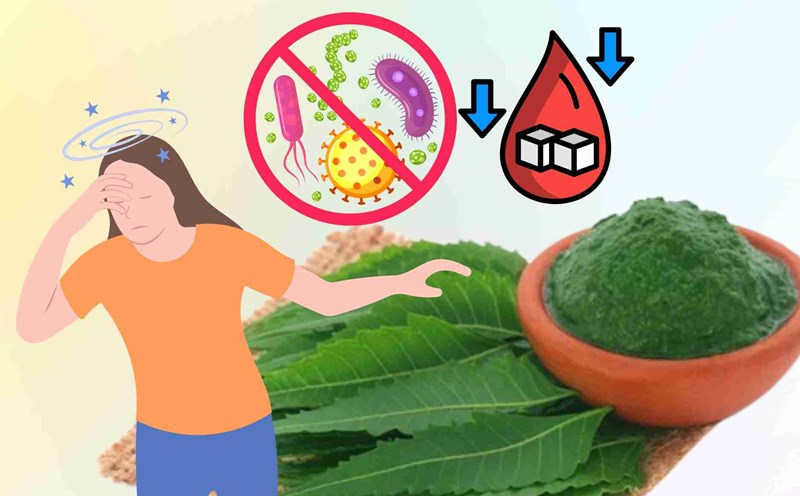Mr. Ch.M, (52 years old, Cambodian nationality), before being hospitalized, Mr. M. began to show symptoms of high fever, chills, fatigue and shortness of breath for many weeks but the cause was unknown.
At first, the family only thought he had a cold or conventional pneumonia. It was not until his condition became severe, respiratory failure, and drowsiness that Mr. Ch.M was transferred to Ho Chi Minh City for treatment.
At City International Hospital, patients hospitalized with sepsis, severe arthritis (ARDS), liver and kidney damage, blood clotting disorder, accompanied by a large aperture in the left thigh area are all typical symptoms of a blood infection caused by the bacteria Burkholderia pseudomallei, also known as Whitmore disease - a bacteria that eats human meat.
This type of bacteria often exists in dirt and dirty water in tropical climates, and can enter the body through scratched skin, respiratory tract or digestion. In particular, the disease progresses rapidly and the mortality rate is high if not treated promptly.
MSc. Dr. Nguyen Van Nhon - Head of the Intensive Care Unit, City International Hospital - said: "Patient Ch.M was assessed by us as an extremely critical case right from the time of admission. The respiratory system was severely damaged, the lungs were blurred on both sides, and mechanical ventilation was required with maximum support to maintain oxygen saturatation at the minimum level".
Doctors have activated a treatment regimen for severe, suspected Whitmore sepsis, and conducted continuous blood filtration (CRRT), broad-spectrum antibiotics, blood thinning, electrolyte regulation, and strict nutritional care.
After many days of struggling between the line of life and death, each sign of recovery began to appear: inflammation index decreased, lung damage improved, liver and kidney function gradually stabilized. The pinnacle of the journey was the moment Mr. Ch.M was given an inhalator and breathed back on his own, marking an important turning point in the recovery process.
Up to now, the patient has been completely conscious, eating orally and entering the stage of physical recovery. For the team of doctors treating it, this is a typical case of a dangerous infection that was saved by early diagnosis, multi-specialty coordination and active treatment from the beginning.
Not everyone is aware of Whitmore disease, but it is on the rise, especially in low-lying, humid areas. Proper diagnosis and early treatment are decisive factors for survival, Dr. Nhon emphasized.











